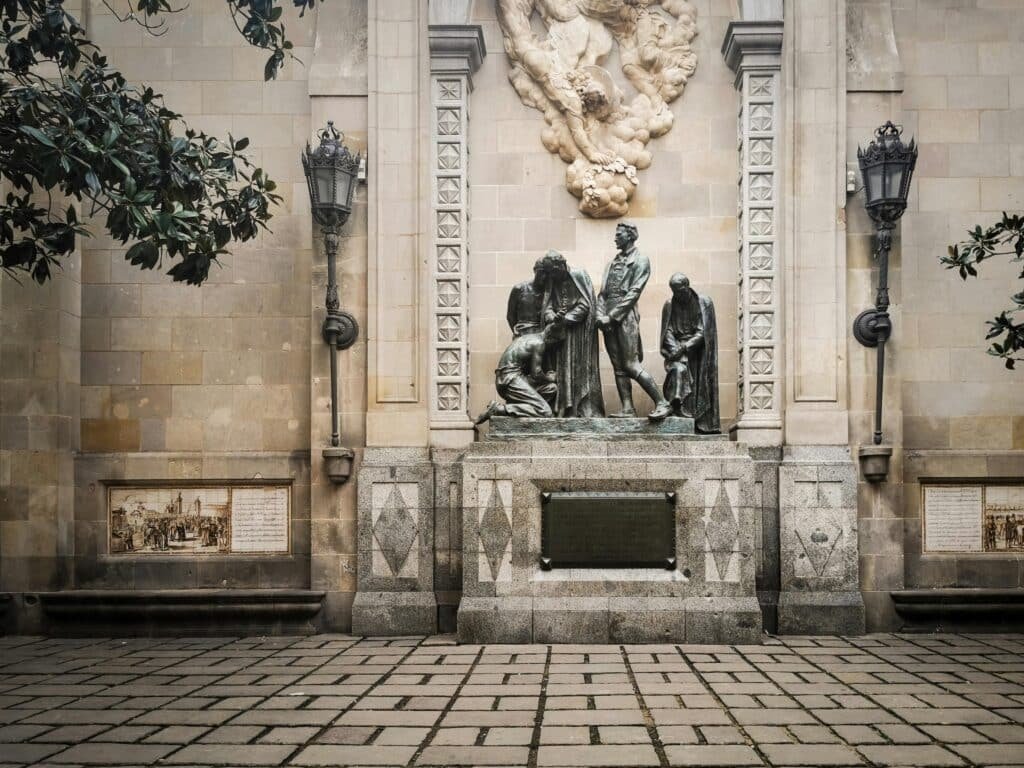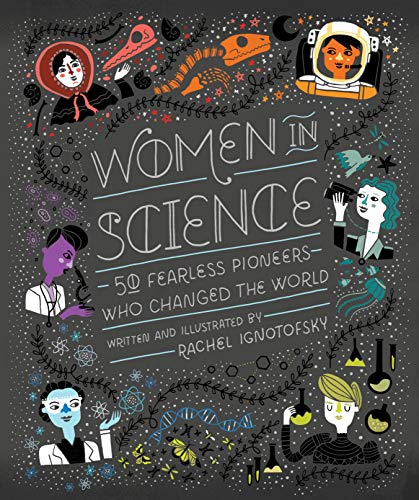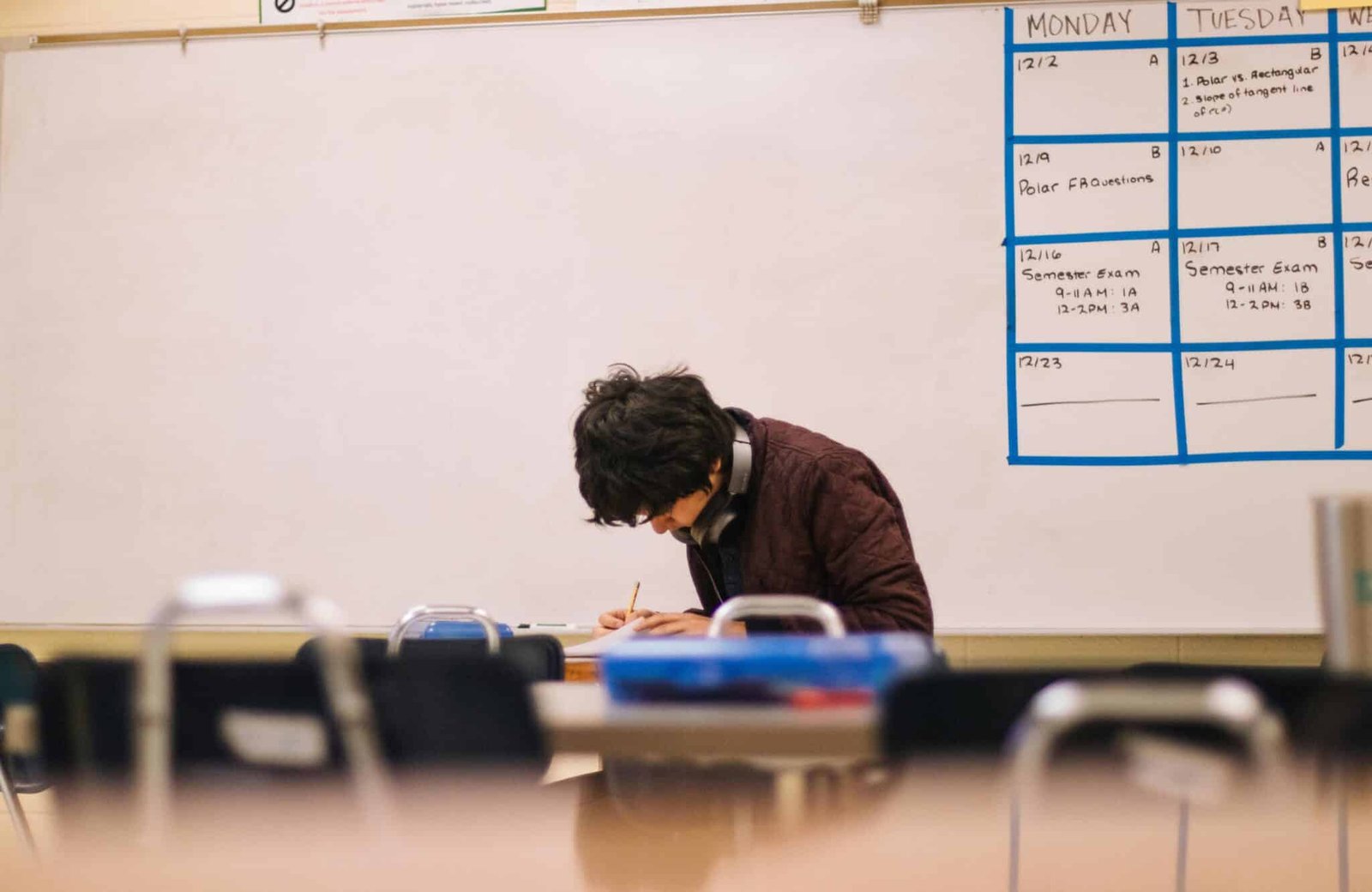Discover famous people and their amazing stories. Fun facts and easy language make history come alive for students.
Interesting Figures in History: Interesting History of Famous People
History is full of interesting figures in history who did amazing things. These people come from all walks of life – rulers, scientists, artists, and heroes – but each one has a story worth knowing. For example, the Great Pyramid of Giza was built for the Pharaoh Cheops over 2,500 years ago. This reminds us that long ago, people were doing incredible things. Learning about such figures can make history exciting. In fact, many students find these stories inspiring and fun. To learn more about how early societies began, check out the [All Civilizations History Timeline].

Tips: To enjoy learning about historical figures:
- Read short biographies or kid-friendly books on famous people.
- Watch documentaries or history shows about those who changed the world.
- Discuss these stories with friends or family – sharing excitement helps learning!
World Leaders and Rulers
Julius Caesar, Cleopatra, and Other Royalty: World leaders often make history. For example, Julius Caesar ruled Rome and helped it grow into a powerful empire. His story shows how one person can change a nation. Julius Caesar was a brilliant Roman general and leader. He led Rome to many victories and became dictator of Rome.
Another famous ruler was Cleopatra, the last queen of Egypt. Cleopatra spoke many languages and worked with Roman leaders like Julius Caesar and Mark Antony to try to keep Egypt strong. Her life was full of intrigue and intelligence.
Mongol Conqueror: Genghis Khan (born Temüjin) was a Mongolian warrior and ruler. He united the nomadic tribes of Mongolia into one vast empire. By 1227, his army had conquered lands from East Asia to Europe. Britannica notes that Genghis Khan “was a Mongolian warrior-ruler, one of the most famous conquerors of history”. In other words, he showed how powerful a leader could become by working with tribes and using smart battle tactics.
Tips: Great leaders often share traits like vision, courage, and clever ideas. When reading about rulers:
- Look for the big events they changed (wars won, new countries formed).
- Notice what motivated them (power, a dream, helping people).
- Discuss how their decisions affected people then and today.
Innovators and Scientists
Albert Einstein: One of the most interesting figures in history in science is Albert Einstein. He came up with the theory of relativity, which explains how time and space work together. This theory was so mind-blowing that it completely changed science. In fact, when Einstein introduced relativity in 1915, our understanding of space, time, and gravity “shifted radically”. His ideas are now used in GPS devices and even helped us harness nuclear energy. Albert Einstein (1879–1955) had wild hair and a curious mind. He once failed math as a kid, but he went on to become one of the smartest people ever!
Marie Curie: Marie Curie is another great example. She was a physicist from Poland who studied invisible radiation. Curie discovered two elements, polonium and radium, and she won the Nobel Prize twice – once in Physics and once in Chemistry. Britannica says she was “famous for her work on radioactivity and twice a winner of the Nobel Prize,” as well as the first woman ever to win a Nobel Prizebritannica.com. Kids love her story because she faced many challenges but still made history in science.
Leonardo da Vinci: Leonardo da Vinci was an amazing artist and inventor of the Renaissance era. He painted the Mona Lisa and The Last Supper, and drew the famous Vitruvian Man. Britannica explains that Leonardo “is best known for his paintings, notably the Mona Lisa and the Last Supper,” and that his notebooks revealed a sharp intellect that made huge contributions to art. He even sketched designs for flying machines and bridges long before they existed. Leonardo shows how creativity and science often go hand-in-hand.
Tips: Curious minds can follow these suggestions:
- Try simple science experiments or art projects at home.
- Visit a science museum or planetarium to see ideas from these figures in action.
- Read “fun facts” books or watch kid-friendly videos about famous discoveries.
Heroes and Activists
Not all heroes wore crowns or lab coats. Some fought for fairness and peace. [44†embed_image] For example, Winston Churchill (1874–1965) was the British Prime Minister during World War II. He is famous for inspiring speeches like “We shall never surrender,” which helped keep Britain strong in tough times.
Rosa Parks: In the USA, Rosa Parks (1913–2005) showed great courage. Britannica tells us Parks “was an American civil rights activist whose refusal to relinquish her seat on a public bus precipitated the 1955–56 Montgomery bus boycott… which became the spark that ignited the civil rights movement”. In simple terms, when she said no to unfair rules on a bus, it helped change the laws about race.
Mahatma Gandhi: In India, Mahatma Gandhi led a nonviolent movement for independence from British rule. He showed that peaceful protests could bring freedom. Even world leaders later studied his work.
These figures teach us that one person’s actions can inspire big changes.
Tips: When learning about heroes and activists:
- Think about what injustice or problem they stood against.
- Talk about how peaceful actions or brave words can inspire others.
- Consider how ordinary kids can help in their own communities.
Recommended Books for Kids
- Who Was Albert Einstein? – A fun biography that tells Einstein’s story in simple language. It’s perfect for curious young readers (ages 7–10) who want to know how the man with wild hair became so smart.
- Who Was Cleopatra? – Learn about Egypt’s famous queen in a lively way. This book shares Cleopatra’s adventures and how she became a leader at a young age.
- Who Was Marie Curie? – Discover how a Polish girl became a Nobel Prize-winning scientist. This biography shows her challenges and amazing discoveries in a kid-friendly style.
- Hidden Figures: Young Readers’ Edition – The inspiring true story of four African-American women mathematicians at NASA. It’s a great tale of bravery and brains, perfect for ages 10–14.
- Women in Science: 50 Fearless Pioneers Who Changed the World – A colorful book with illustrations, featuring 50 women scientists through history. It includes Marie Curie, as well as many others, showing how they changed science and our world.
Each of these books has great reviews and can be bought on Amazon. They make learning history and science even more fun.
Conclusion
Interesting figures in history show us that ordinary people can do extraordinary things. By reading their stories, kids can feel connected to the past and learn important lessons. These stories also answer big questions: How did space and time change with Einstein’s ideas? How did brave acts by people like Rosa Parks ignite whole movements? Getting to know these figures helps us understand why our world is the way it is.
By exploring the adventures of rulers, inventors, artists, and heroes, students can feel the excitement of history. Keep asking questions, read more, and let these historical figures inspire you. They were once students too, and their stories prove that learning about history can be both fun and enlightening.
Also, please visit Academic Broadcasting Platform for getting more educational blogs and your essential products.














